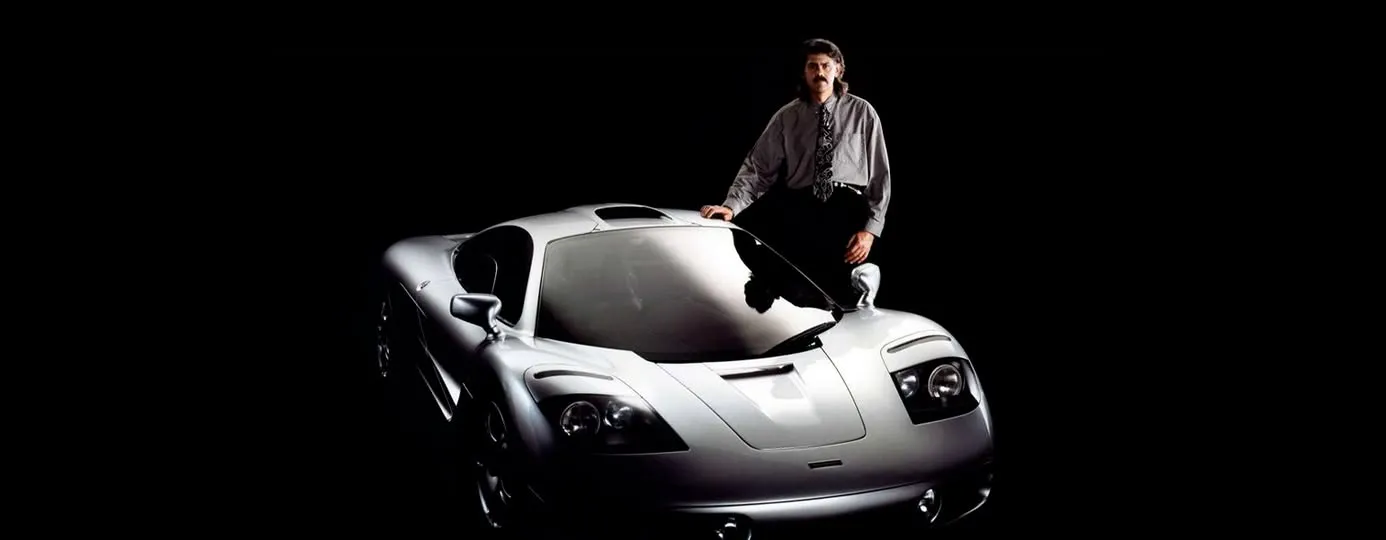

In 1988, Gordon Murray, chief engineer of the McLaren Formula 1 team, was given carte blanche to bring his vision of “the ultimate road car” to life. With no budget constraints, the project culminated in late 1993 with one of the most extraordinary sports cars ever built. Consider the specs: a carbon monocoque and body, a three-seat layout with a central driving position, a 627-horsepower BMW V12 for just 1,140 kg, and a top speed of 369 km/h—all achieved without ABS, power steering, or a rear wing, thanks to flawless aerodynamics. Barely modified, a McLaren F1 went on to win the 1995 24 Hours of Le Mans. Even 30 years later, it remains the fastest naturally aspirated road car ever made. The price? A cool $1 million at launch.
The safety of your exceptional car is one of the foundations of Carsup. Our concierge services have been designed to offer a very high level of protection. Multiple cameras, controlled accesses, name badges, secure gates, and the regular presence of our Area Managers: these are all elements that guarantee total peace of mind when your car is stored. But because the trust you place in us does not exclude more control, we are now deploying a complementary security system: Guardian Tracker.
Does destiny exist? A vast, almost philosophical question that engineers and Maserati enthusiasts would unhesitatingly answer in the affirmative. Founded in 1914 in Bologna by the Maserati family, the brand went from a simple mechanical workshop working on Isotta-Fraschini to a real competition department in a few years. In 1926, the Type 26 was born, the first homemade creation and the first to feature the Trident inspired by the Neptune Fountain in Bologna.
There is always that little hesitation when preparing for a trip. The desire to take your exceptional car, to enjoy every kilometer, to make the road an integral part of the experience... and, at the same time, the constraints. The logistics, the risks, the uncertainty of arriving serene. Too often, we give up, leaving our car where it is, sheltered but immobile. This is exactly where Carsup is changing the situation. Travelling in your car should never be a cause for concern, but a simple and smooth pleasure.
Didn't find the answer you were looking for?
Contact us, and an expert will respond promptly.